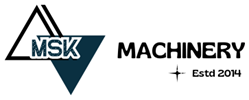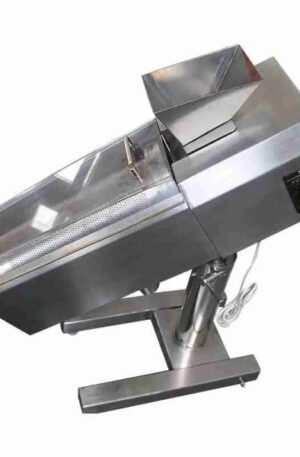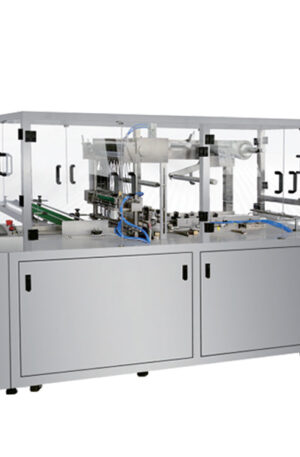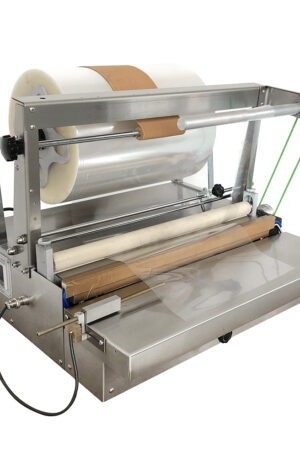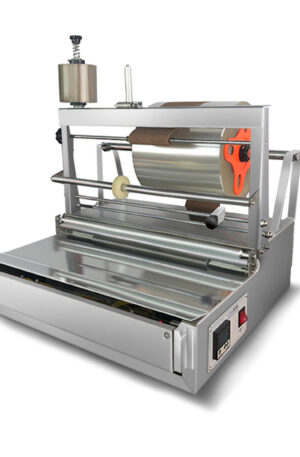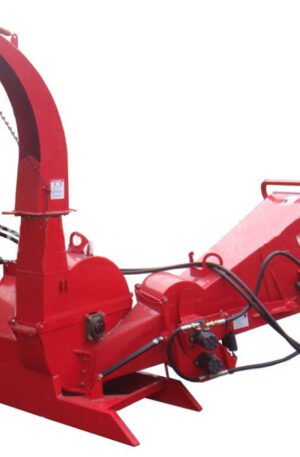Title: “The Evolution of Pharmaceutical Machinery: Advancements in Drug Manufacturing Technology”
In the ever-evolving landscape of pharmaceutical manufacturing, the role of machinery has played a crucial part in shaping the industry. From traditional table press machines to modern-day capsule filling machines, the technological advancements in drug manufacturing equipment have revolutionized the way medications are produced.
One of the key pieces of equipment in pharmaceutical manufacturing is the table press machine. Table press machines have been used for decades to compress powdered ingredients into solid tablets. These machines utilize mechanical force to compact the ingredients into a specific shape and size, ensuring uniformity and consistency in the final product. With the advancement of technology, modern table press machines are equipped with features such as adjustable speed, compression force control, and automated monitoring systems, allowing for more precise and efficient tablet production.
Another critical machine in drug manufacturing is the capsule filling machine. These machines are used to fill empty gelatin or vegetable capsules with powdered or liquid medication. Capsule filling machines come in various forms, including manual, semi-automatic, and fully automatic, with the capacity to fill hundreds to thousands of capsules per minute. The advancement of capsule filling technology has led to the development of high-speed, high-precision machines that can accurately fill capsules with the desired dosage, reducing human error and increasing production efficiency.
Two widely-used types of table press machines are the TDP (Tablet Press Machine) and THDP (High-speed Tablet Press Machine). The TDP is a single-punch table press machine that is commonly used for small-scale tablet production. It is versatile and easy to use, making it ideal for pharmaceutical companies looking to produce tablets in small batches. On the other hand, the THDP is a high-speed rotary tablet press machine capable of producing large quantities of tablets quickly and efficiently. With features such as multi-layer tablet pressing capabilities and automatic weight adjustment, the THDP is designed for high-volume tablet production in industrial settings.
In conclusion, the evolution of pharmaceutical machinery, including table press machines and capsule filling machines, has significantly contributed to the advancements in drug manufacturing technology. From manual operations to automated systems, the continuous innovation in pharmaceutical machinery has resulted in improved efficiency, precision, and quality control in medication production. As the industry continues to adopt cutting-edge technologies, we can expect further developments that will shape the future of pharmaceutical manufacturing.
